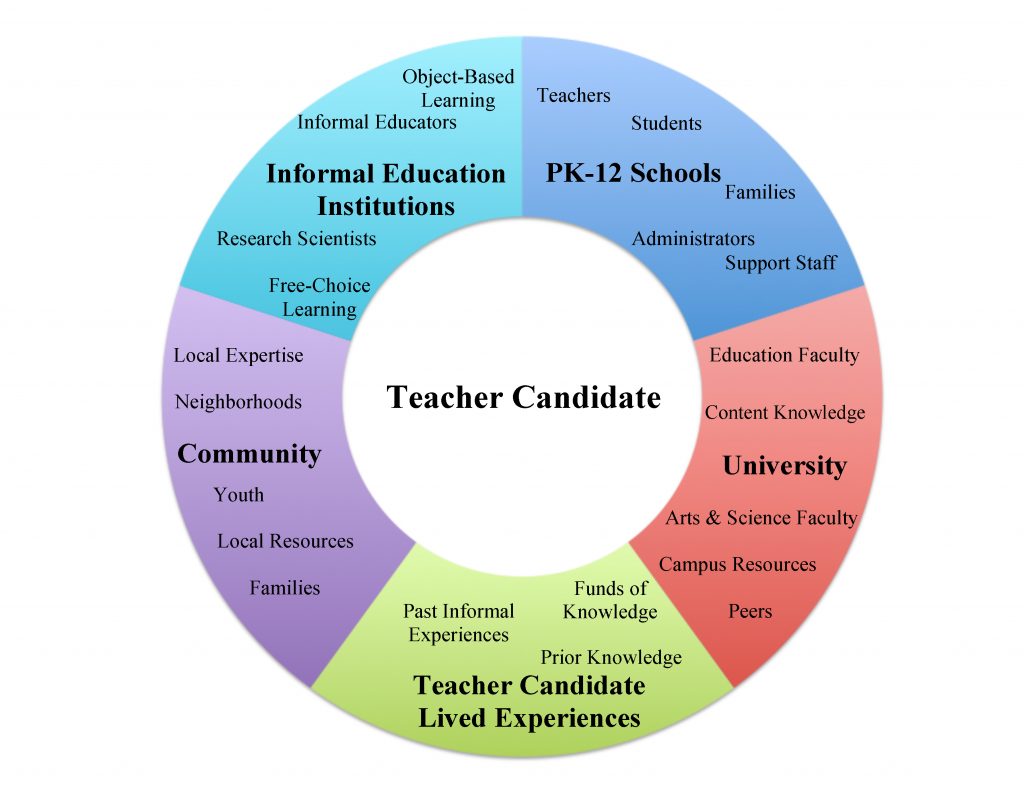Feature
“I Never Thought of Science as Something Like This”
Incorporating an Ecological Perspective Into Science Teacher Learning
Connected Science Learning January-March 2018 (Volume 1, Issue 5)
By Daniel Birmingham, Lara Smetana, Heidi Rouleau, and Jenna Carlson
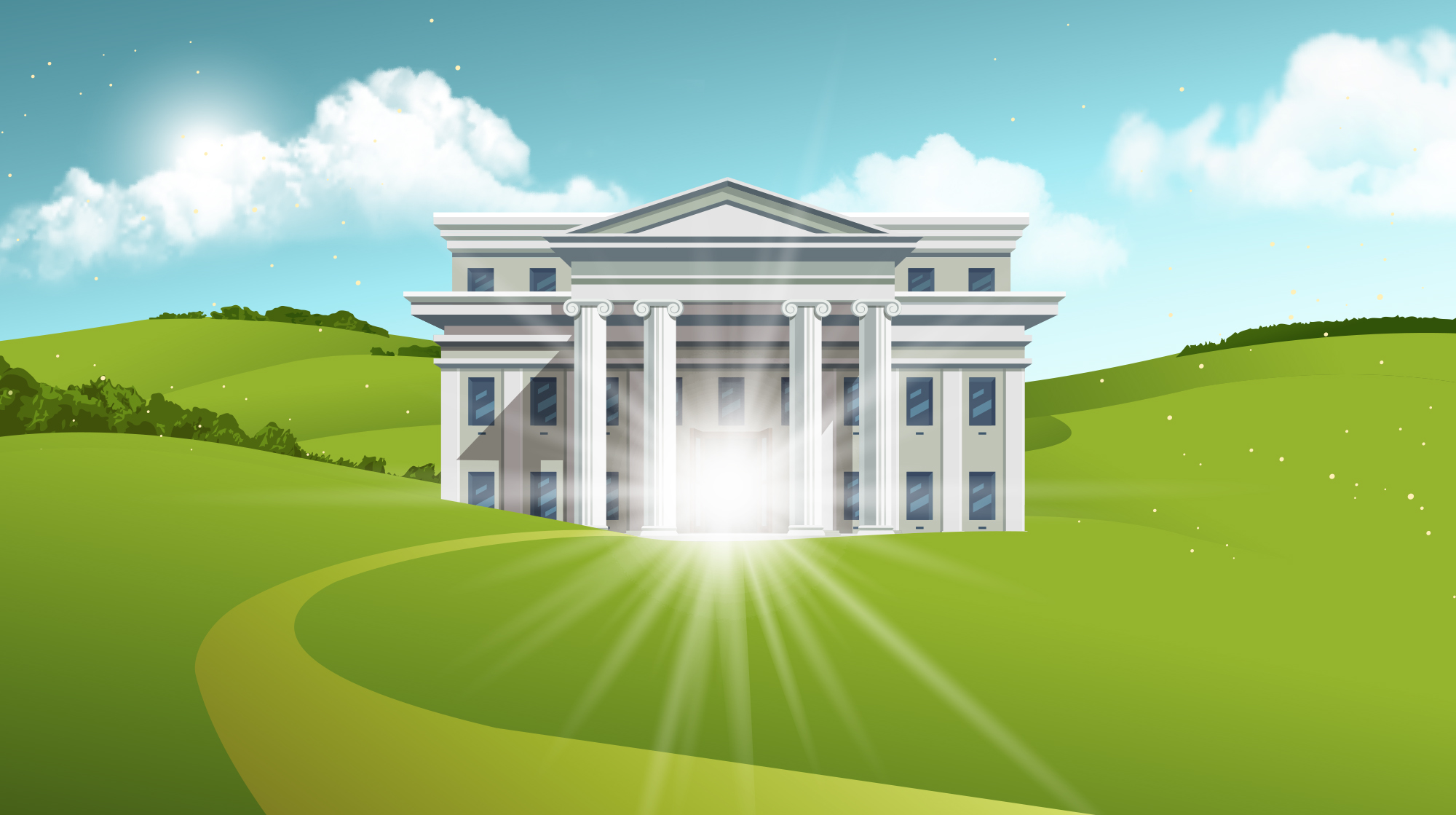
Learn about how a university-based teacher preparation program, public schools, and local science-focused museums implement an ecological approach to STEM learning in Chicago.
In this article, we describe our efforts to incorporate an ecological perspective into an elementary teacher education program. Thirty-six teacher candidates participated in Loyola University Chicago’s Teaching, Learning, and Leading With Schools and Communities (TLLSC) program, which was designed to respond to Bevan’s (2016) call that, “at the heart of an ecological perspective on learning is the need to make connections across formal, informal, and everyday learning … [which] require(s) us to understand what other educators are doing.” The four-year program provides sustained opportunities for candidates to work alongside educators in multiple contexts to experience learning through a teacher learning ecosystem.
We argue that teacher candidate experiences in out-of-school spaces open opportunities to suspend the norms and expectations of science learning often associated with school contexts in order to imagine additional possibilities for learning science. Informal institutions allow teacher candidates to see science in a different way and reflect on how museums’ strategies and conceptions of science can impact their future teaching practices. We further argue that university classrooms come with their own sets of norms, expectations, and histories. Thus, museums provide opportunities for teacher candidates to draw upon other ecologies of learning and the resources found within those ecologies. In the end, through participating in science across contexts with multiple educators, teacher candidates expand ideas of what teaching and learning science can be and find inspiration for leveraging an ecological approach to learning in their future classrooms.
An Ecological Approach to Teacher Learning
Learning and participating in science happens across the span of our lives. We learn science in school and at work, but we also engage with science in our communities and with our families during daily activities—even if we do not explicitly label these experiences as science. Taken together, these various learning opportunities form learning ecologies and influence the ways in which we understand and participate in science (Bronfenbrenner 1977). Bevan (2016) defines a learning ecology as “the contexts—the physical settings, social interactions, value systems, and histories—in which young people learn over time, across both the day and the lifespan.” This ecological perspective recognizes that learning develops and deepens over time and is influenced by our experiences and interactions with various people, places, and situations. In relation to science and understanding the world, our experiences and interactions all represent opportunities to build understanding and expertise that can be used to make sense of observed phenomena. As we add to our learning ecologies through new experiences and interactions, we often add diversity and breadth to the ways in which we view learning and participating in science.
Recently, the National Research Council (NRC 2015) called on science educators to align their teaching with an ecological perspective on learning that values the multiple experiences, expertise, and wonderings youth bring to the classroom. As teacher educators and former K–12 classroom teachers, we asked ourselves: How do we ensure that candidates have models of dynamic and participatory science experiences—across a range of learning contexts—that we hope they will develop with their future students? How do we recognize and engage their complex teaching and learning ecologies in preparation so they can do the same with their students?
Reflection on these questions was accompanied by the understanding that place (and the people in those places) matters to how learning transpires. In particular, we knew that learning science in school contexts is often associated with certain norms, expectations, and ways of knowing that can define what science learning must look like (Calabrese Barton and Tan 2012). For example, university classrooms often position the professor as the expert who shares her or his knowledge, positioning students as passive with little room to insert their knowledge or experience. K–12 contexts often position science as a static and linear discipline in which successful students are able to assimilate to how the teacher defines science learning. These definitions of science learning often silences the experiences and expertise that students bring to the classroom from other dimensions of their learning ecologies (Bang and Medin 2010). Additionally, in our work with teacher candidates, we have often found it difficult to challenge or expand on conceptions of teaching and learning science in K–12 or university classrooms, due to the expectations that often define what learning and science look like in those places. Particularly, our elementary teacher candidates often come to us with what we call “school science baggage,” or an accumulation of negative or passive science learning experiences, that need to be in part undone for them to expand their ideas of learning and doing science.
The TLLSC Program
The TLLSC teacher preparation program, from which teacher candidate data for this paper are derived, follows a site-based apprenticeship approach. Coursework is designed around specific, purposefully coordinated, engaged learning experiences that take place across various science learning contexts, or our science teacher learning ecosystem (see Figure 1). Through this coursework, candidates synthesize teaching and learning experiences, theory and practice, personal identity development, and social justice issues to transfer knowledge and skills across contexts.
The program is a result of an intentional collaboration between a university-based teacher preparation program at Loyola University Chicago. K–12 teachers from Chicago Public Schools and local science-focused cultural institutions, including the Peggy Notebaert Nature Museum and The Field Museum. Teacher candidates have opportunities to learn alongside museum and other informal educators in multiple contexts, and they work with children and teachers in K–12 classrooms. By introducing candidates to informal science learning contexts (including museums, zoos, aquariums, planetariums, cultural institutions, and parks) and educators during their preparation, we facilitate participation pathways between teacher candidates and multiple contexts of science learning, which will allow for ongoing support throughout their career.
Context
Data from this paper come from a 16-week course that focuses on interdisciplinary inquiry in elementary grades. Four weeks (four hours per week) of the course take place at local museums. These sessions were not framed simply as entertaining visits to museums. Instead, as the course was being planned, informal educators intentionally thought about course outcomes and how inquiry in a museum context would add to candidates’ developing understandings as elementary educators. This planning resulted in several learning opportunities for teacher candidates beyond university and K–12 contexts. First, teacher candidates visited the The Chicago Academy of Sciences/Peggy Notebaert Nature Museum (CAS/PNNM) to learn about how the museum developed their take on a learning cycle inquiry model (Karplus and Thier 1967) and how that model informs museum learning experiences.
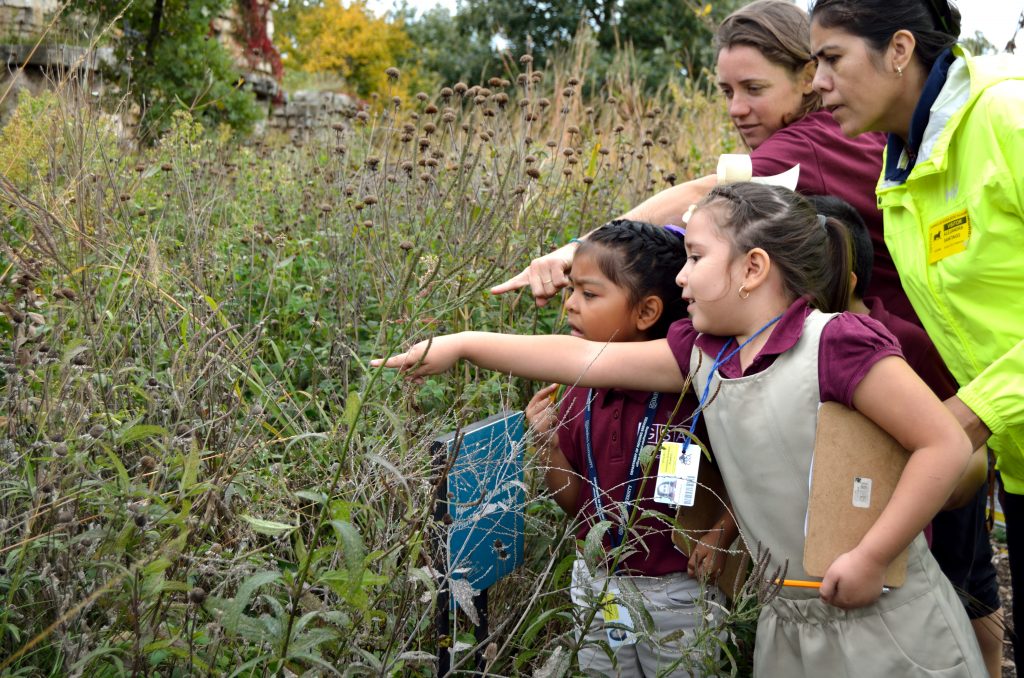
This inquiry model highlights the iterative and active nature of science learning and discovery, thus challenging the linear ways in which doing science is often taught through the traditional scientific method. The session was co-led by university and CAS/PNNM educators, who engaged teacher candidates in an inquiry experience often done with elementary students in the museum’s programming. This opened a discussion about the development and implementation of the CAS/PNNM’s inquiry model, and allowed time for teacher candidates to visit specific museum exhibitions and note the ways in which the spaces were designed to spark interest and provide relevance for the grade-level science content. Teacher candidates then reflected on how the museum educators define and implement inquiry, how that compares with teacher candidates’ prior conceptions of science inquiry, and what these understandings might mean for their future teaching.
Next, candidates worked with educators at The Field Museum to think about the pedagogical approaches museum educators use to engage school group visitors.
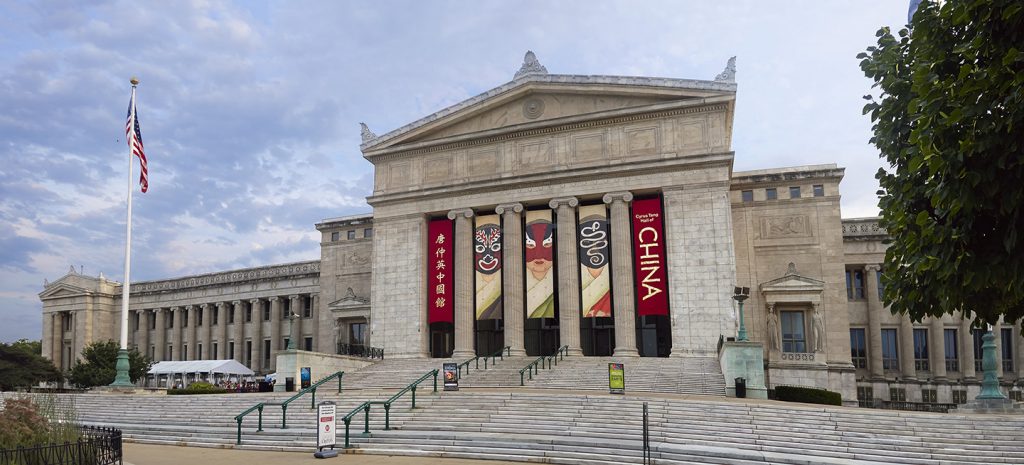
In this session, co-led by museum and university educators, teacher candidates first experienced an object-based learning activity (characterized by the exploration of an artifact to launch an inquiry investigation) (Alvarado and Herr 2003), during which they analyzed intriguing specimens from the museum collection. They discussed how the activity allowed candidates’ natural curiosity about the specimens to drive their question generation and stimulate critical, higher-level thinking. Following this discussion, teacher candidates explored specific exhibits in the museum to experience the use of Educator Toolkits, which support visitors of all ages as they ask questions, make careful observations, analyze multiple sources of data, develop evidence-based explanations, communicate, and critique conclusions. This visit concluded with teacher candidates reflecting on their experiences with the flexible pedagogical practices they engaged in and the implications for K–12 classrooms.
Finally, candidates spent time with educators from the Chicago Metro History Fair (CMHF), a project-based historical inquiry program that is a division of the Chicago History Museum. During this session, teacher candidates built upon their understanding of object-based learning as they explored the use of historical primary and secondary sources to reveal how access to clean water shaped the city’s landscape, economic development, and health-care systems. In a session co-led by CMHF and university educators, teacher candidates examined the ways in which primary and secondary sources can be used to tap into wonder and curiosity, as well as provide valuable and diverse sources of data for interdisciplinary inquiries. Teacher candidates first engaged with these sources to create and answer their own inquiry question regarding water in Chicago. Next, they worked with CMHF and university educators to think through strategies to promote engagement with primary sources for students from a wide variety of abilities, backgrounds, and ages. Finally, teacher candidates reflected on the use of primary sources as entry points and data sources for interdisciplinary inquiry learning experiences.
For this paper, we chose to focus on the experiences of teacher candidates in informal learning contexts based on the frequency with which candidates reflected on how these experiences influenced the ways in which they thought about teaching and learning science. The majority of the 36 candidates were in their second year of the four-year teacher education program during the time of these learning experiences. Data are derived from course assignments (course reflections, activities, and inquiry-related summative assessment; see Birmingham, Smetana, and Coleman, forthcoming) and class discussions that provided insight into the ways in which candidates’ conceptualized learning and participated in science across time and context.
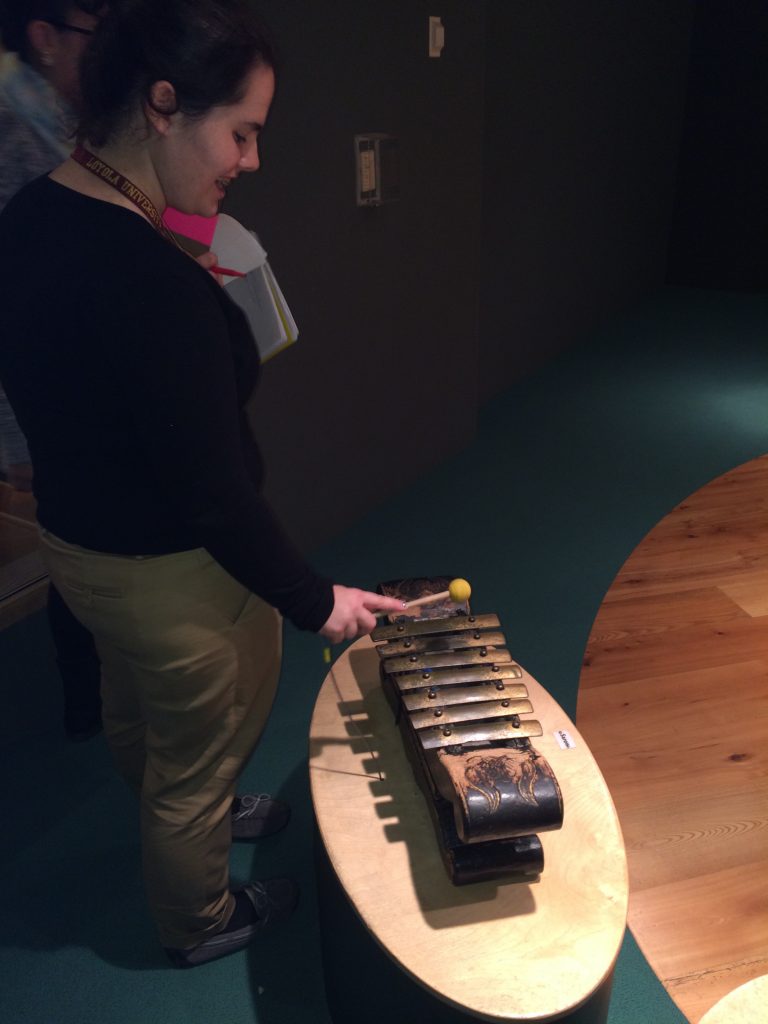
Teacher Candidate Learning Outcomes
When we asked candidates at the beginning of the program about their past experiences at museums, many remembered going either with their families or on field trips. Some had never been. Most were familiar with the exhibitions, but they were surprised to learn that there are education staff that plan learning experiences at the museum. Some candidates had positive learning memories to share, such as: “I remember going to museums when I was little, and I loved trying out all of the different activities and learning new things.” Others remembered their museum trips primarily as entertainment: “When I think back into my elementary school days and all the different field trips we took, I remember never really taking them seriously; simply thinking of it as a fun day off of school and not necessarily as a different learning opportunity.” By introducing candidates to a number of local museums early in their preparation program, we sought to build their awareness of the various resources available to them and their future students, including the science and education staff’s expertise, curricular materials, pedagogical approaches, and programming. Beyond this, we aimed to support them in thinking about what it means to learn, do, and teach science by activating parts of their learning ecologies that exist outside of school experiences.
As we elicited candidate thinking about their experiences at the CAS/PNNM, The Field Museum, and CMHF during the individual session wrap-ups and their subsequent reflection assignments, we saw evidence of how their thinking about science learning experiences had shifted. First, candidates expressed that what they experienced in the museums represented what they wanted for their future instruction. Second, they expressed a desire to leverage additional aspects of students’ learning ecologies by articulating plans to implement similar learning experiences in their future classrooms. We describe these findings in greater detail below.
This Is What I Want for My Classroom
Candidates identified several characteristics of the museum learning experiences that they valued and wanted for their future classrooms. Through analysis of teacher candidates’ reflections, we identified three interrelated themes in how teacher candidates described their emerging conceptions of learning science after the museum learning experiences. These three themes are:
- science is consequential,
- science learning is dynamic, and
- science learning is participatory and collaborative.
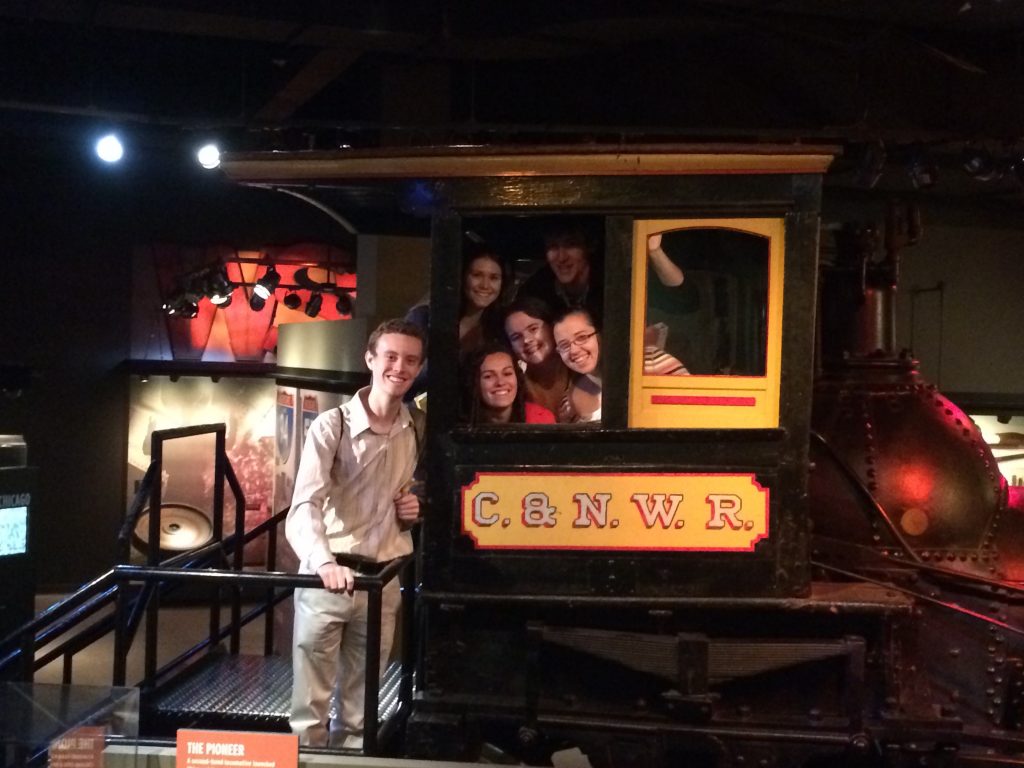
Consequential
One takeaway of the learning experiences for candidates centered on seeing how science can and does matter in real-world applications. As Gloria (all names are pseudonyms) reflected after the object-based learning activity at The Field Museum, “I never thought of science as something like this, but it really connects the real world to students’ experiences.” Valerie also found herself taking a personal interest in explanations of the local environment during an activity connected to the CAS/PNNM’s inquiry model: “It was not an abstract activity … We were able to connect water quality to aspects of our personal lives, such as the water we get to drink from Lake Michigan. This lesson extended far beyond that lab and the walls of the nature museum.”
The idea that scientific knowledge and practices matter to their everyday lives was not something many of the candidates had experienced as students and did not align with the types of instruction they were observing in their K–12 placements (Birmingham, Smetana, and Coleman, forthcoming) Despite candidates’ “school science baggage,” these experiences in museums, working alongside museum educators, led candidates to reflect on how science connects to their communities, interests, and experiences. Interactions with informal educators, who brought different areas of expertise and perspectives than their counterparts at the university or in K–12 classrooms, opened new ways to think about inquiry and shared strategies that connect science with lived experiences. This reframing of candidates’ preconceptions of science learning, represented in the quotes above, was also captured in Kate’s writing: “Another aspect of the museums that was different than my own classroom experiences was how real the topics were. The different activities that the museums held dealt with topics that students [encounter] every day, such as animals, water quality, and environment control.”
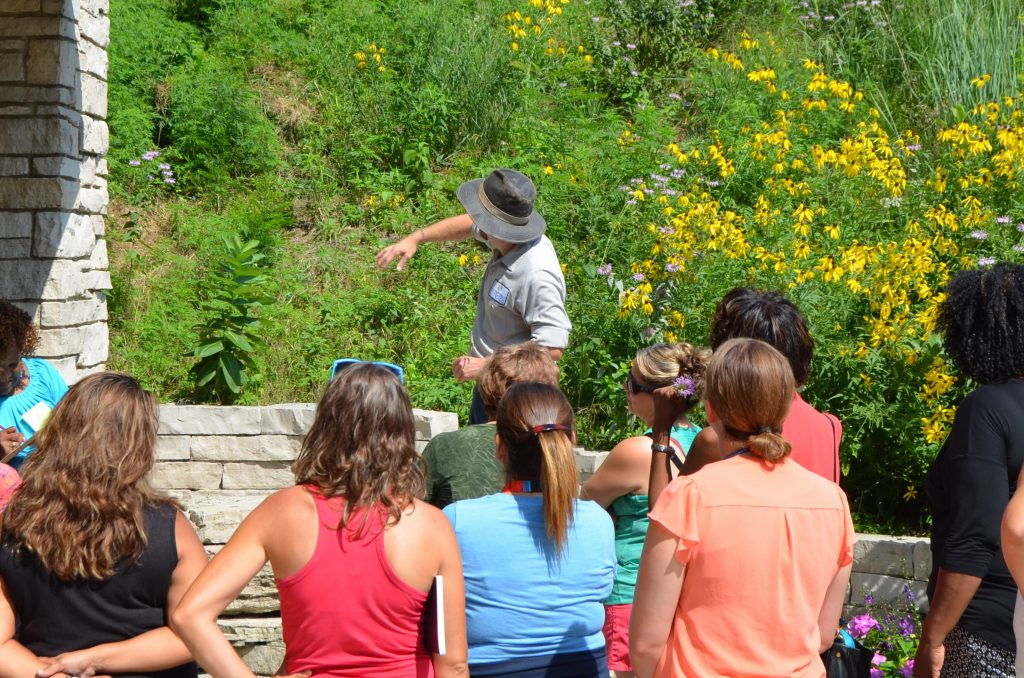
Dynamic
The experiences with museum educators also led teacher candidates to reflect on what it means to do science. In particular, candidates challenged rigid conceptions of “the scientific method” they had experienced so often in K–12 and university science experiences, where learning science is often focused on the acquisition of transmitted knowledge and the general processes of scientific practice (NRC 2009; Bang and Medin 2010). Karen explained how one museum’s learning-cycle model lesson impacted how she learned science: “We’ve had the scientific method drilled into our heads for years and have had to follow the process almost exactly. At one point, science became a monotonous filling-in-the-blanks without any memory of the outcomes.” Similarly, Sarah wrote about how a restrictive conception of doing science impacted how she approached science investigations: “Because we had followed a method for so long, it was actually harder to be curious. I think it is because we were so used to following steps, so when they were not actually needed, we didn’t know how to just explore and experiment. … Being a curious student who can solve problems on their own is an ideal takeaway [for] my future classroom.”
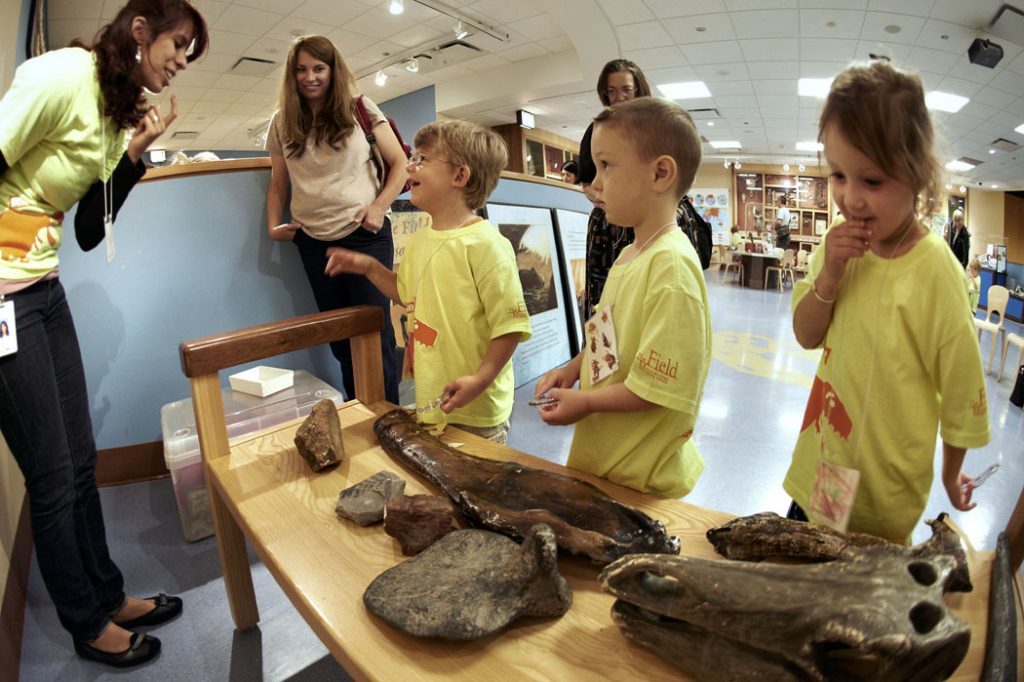
In contrast to this restrictive model they had become accustomed to, conceptions of science as a dynamic and participatory process were practiced and reflected upon at the museums. Although these were ideas we have incorporated into our university classrooms, the authenticity of engaging in science in a museum, surrounded by others who are doing the same, came up much more often in candidates’ reflections than university experiences. For example, candidates’ reflections included sentiments such as, “this approach [to science investigations] is more realistic than the scientific method because our thinking is hardly ever linear” and “that was nice to be able to find your conclusion on your own rather than having it told to you.” The museum educators and experiences illustrated the idea that science is not a “linear process,” but instead one that involves questioning, investigating, and building explanations. For example, Kayla wrote, “[The museum’s object-based learning activity] sparked curiosity, conversations, and connections within students to want to explore and dig deeper.” Teacher candidates began to identify with science as an authentic endeavor in which they and their future students could participate.
Participatory and Collaborative
Finally, teacher candidates wrote about the ways in which museum learning experiences and museum educators positioned science learning as a collaborative endeavor that is strengthened through active participation. For many, this stood in contrast to the ways in which they had experienced science in more formal contexts. For example, Kate wrote, “Although my … elementary and middle school included some topics that touched on my day-to-day reality, it was never presented to me in such a way that I could be a scientist myself!” (emphasis added).
The museum experiences required candidates to actively participate in science activities in collaboration with others who had diverse expertise to bring to the investigation. These experiences also happened in contexts devoid of more traditional norms and expectations of learning science. The idea of collaboration was one that stood out to many candidates as they thought about their museum experiences. For example, Mary wrote, “[The Restoring Earth exhibition at The Field Museum] reiterated the importance of science inquiry, but also highlighted the importance of collaborative work with other disciplines while making new discoveries.” Similarly, Gloria wrote in connection to her object-based learning experience, “Six of us had to work as a team of detectives to try and figure out a shared theme. We had to use our scientific reasoning and make inferences together and work toward a common goal.”
The learning experiences at the museums helped candidates broaden their ideas of what participating in science can look like beyond formal conceptions they brought with them from past experience. The museum educators helped candidates critically examine science learning experiences across contexts in terms of participation, connection to everyday life, and the dynamic nature of engaging in and with science. The experiences expanded their ecologies of science teaching learning, which is vital for suspending the norms, expectations, and routines often associated with learning in university and K–12 classrooms. Instead, teacher candidates questioned the ways in which they understood and experienced science within school settings and gained awareness of other ways of learning and teaching science.
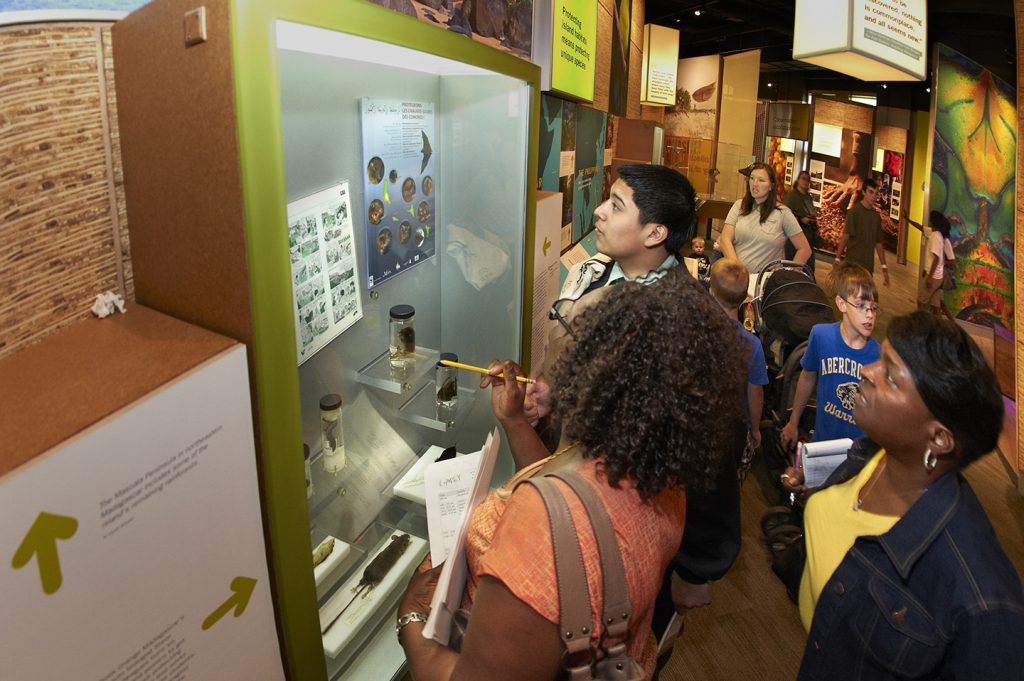
Leveraging New Ecologies Toward Future Classrooms
We see teacher candidates’ identification of powerful elements of their own learning experiences at the museums as a first step in expanding their thinking about learning ecologies and teaching and learning science. Although these candidates did not yet have classrooms of their own, their reflections revealed the ways in which expanding their learning ecologies had them thinking differently about what science might look like in their future classrooms.
First, many teacher candidates reflected on their desire to use strategies from the museums to ensure their classrooms are participatory learning places that include hands-on and real-world learning resources. The museum exhibitions and activities, as Chrissy noted, “allow students to see actual specimens and phenomena instead of just reading about them in books.” Thinking ahead to her future classroom, Kate wrote that the museum visits and introduction to different programs “inspired me to provide students with engaging activities that give [them] … artifacts to work with.” Molly wrote, “For my own classroom, I am inspired to use the collection boxes [resources available for teachers at The Field Museum] or my own version of them to spark students’ natural curiosity.”
Candidates also felt confident that they had encountered pedagogical approaches that they could incorporate into their future practice. As Mary wrote, “Experiences at museums caused me to become more excited about education and the ways that I will be able to implement more interactive learning in my classroom. After the experience with the Chicago Metro History Fair, I [knew] that I want to have a project in my classroom where students have the opportunity to question in a variety of disciplines.” Here we see evidence of how the learning experiences added to the repertoire of strategies candidates were gaining through university and K–12 classroom experiences.
Finally, the museum experiences provided opportunities for learning that incorporated other learning ecologies, such as honoring and building upon learners’ prior experiences, which may fall outside of traditional notions of learning science. This was an idea that many teacher candidates reflected upon in connection with their future classrooms. For example, Valerie wrote, “[Object-based learning] engages students as they realize that they have an experience to share, and they can be a part of the conversation.” Similarly, recognizing that this approach can be useful in her future classroom, Kelly commented, “This activity was wonderful to me because it gave me perspective on funds of knowledge everyone has and how all can contribute them to an activity within a classroom environment.”
Overall, the visits influenced candidates’ thinking about museums as valuable partners in education and complemented other experiences in their preparation program. Vicky characterized this idea when she wrote, “Everything that I have learned between my first visit [to the museum] in this teacher education program and the last visit has definitely aided in my understanding of the importance of the museum and the many ways that I can use the museum to engage my students in the future.” As a group, candidates recognized that museums offer resources they can learn and benefit from as they continue to develop as elementary teachers. Candidates also saw that museums can serve as inspiration for instructional approaches and curricular materials they can bring to their teaching practice. These experiences allowed teacher candidates to participate in science in ways that might not have been possible for them based on their history with science in more traditional learning spaces. As Kelly shared, “Overall, my time at the museums opened up multiple doors for me. Some to new professional development areas and resources available to myself as a future teacher, as well as doors within my past that showed the different ways learning can be fun and beneficial at the same time.”
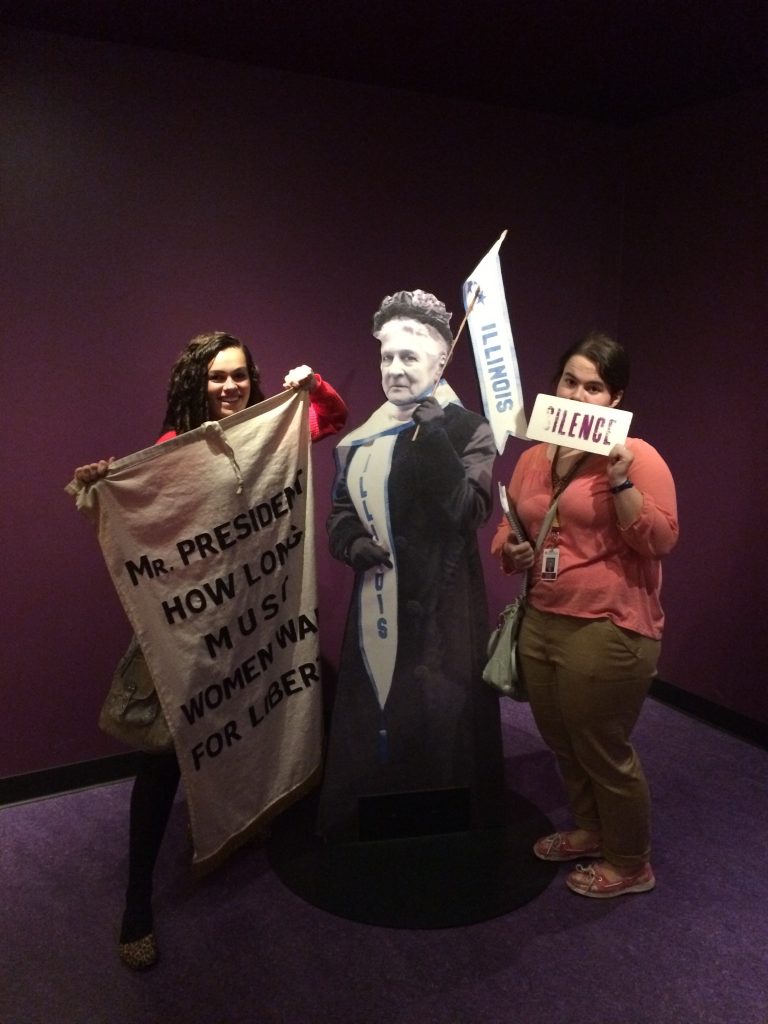
Implications for Teacher Educators Across Contexts
Whether we work in a classroom or at a museum, all educators share common goals about helping people build connected knowledge (Linn and Eylon 2006), or knowledge that links learning that occurs across the different spaces of people’s lives (Fenichel and Schweingruber 2010). We want the teacher candidates we work with to see the relevance of science for themselves and their everyday lives; think more broadly about the what, where, and how of learning; and do the same with their students. The partnerships we have formed stem from the belief that goals of including an ecological approach to learning (NRC 2015) begin with teacher candidates, who are in the early stages of developing their instructional philosophies and practices. The outcomes we shared here are exciting because they illustrate how powerful it can be for teacher candidates to break from the traditional mindset of thinking that learning primarily happens in school and that science is something in which only a select group of people can participate. Although many of the ideas and strategies presented here were discussed in candidates’ university classroom experiences, it was actually experiencing learning and teaching in the museums that allowed most teacher candidates to reflect on the concepts in action. We are encouraged that, as a result of their early introduction to museums as partners in education, candidates will be better prepared and more likely to form similar types of connected science learning partnerships as they move forward in their careers.
Daniel Birmingham (daniel.birmingham@colostate.edu) is assistant professor in the School of Education at Colorado State University in Fort Collins, Colorado. Lara Smetana (lsmetana@luc.edu) is an associate professor in the School of Education at Loyola University Chicago in Chicago, Illinois. Heidi Rouleau (hrouleau@fieldmuseum.org) is the school learning experiences manager at The Field Museum in Chicago, Illinois. Jenna Carlson (jcarlson@luc.edu) is a doctoral student in the School of Education at Loyola University Chicago in Chicago, Illinois.



